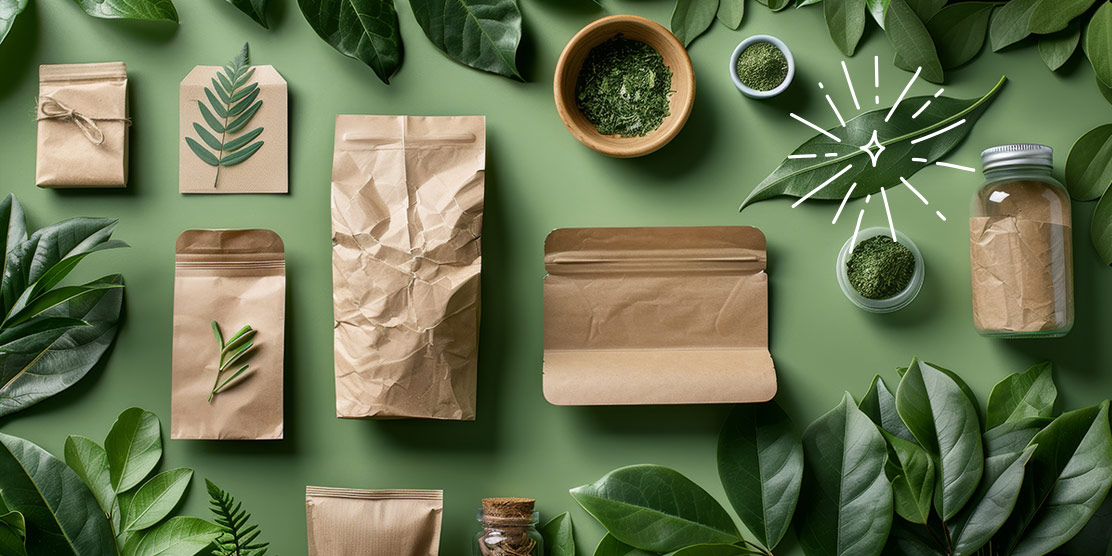There’s a common conception among companies that producing more sustainable packaging comes with an unnecessarily exorbitant cost.
This might be true if you only look at up-front costs. However, being more sustainable comes with long-term financial benefits that outweigh these initial costs.
For example, how often have you received a big box from Amazon that contained one small product? The rest of the space is filled with various types of box fillers, such as plastic or bubble wrap.
Does this strike you as particularly wasteful? It is.
This type of packaging may also incur additional costs to cover fines or lost revenue due to not being able to be sold in certain regions.
Rather than adding bubble wrap to an oversized box, which goes in the trash bin, try replacing this common protective filling with a biodegradable paper in a smaller box.
This will save you costs in the long run.
Digitally printed packaging also helps reduce the carbon footprint of packaging. Not only is it better for the environment, it’s less expensive too.
Overall, sustainable packaging design materials typically require less material to be used, making the package lighter, slimmer, and easier to transport.
Additionally, environmentally friendly packaging may qualify for tax incentives and subsidies from governments, highlighting the benefits of sustainable packaging design processes.
Not a bad deal!
